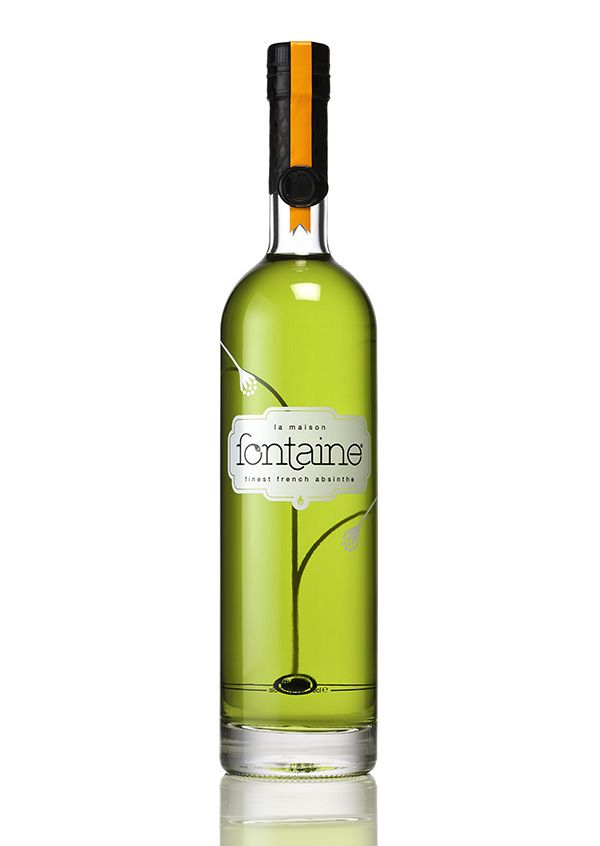
The romanticism of absinthe by this crowd, particularly within the writings of Rimbaud and Baudelaire, would spark the idea that absinthe was hallucinogenic in the public mind. It inspired playwright Alfred Jarry’s Ubu Roi, the impact of which ripples into the modern age - as the character of Pere Ubu partly inspired the stage persona of Marilyn Manson, who even has his own brand of absinthe. As the trend progressed, however, it became associated with a more bohemian, artistically-driven crowd.Ī range of French poets, playwrights, and artists became infatuated with the drink and advocated for its use as a creative inspiration.This included artists like Manet, Picasso, and Van Gogh, and poets like Arthur Rimbaud, Paul Marie Verlaine, and most notably, Charles Baudelaire. 5 o’clock became known as the “green hour”, during which absinthe was enjoyed by many. In France, having a drink of absinthe was initially a form of nationalistic pride in response to this. Enjoying wine steeped with wormwood became a practice during the French colonization of African nations, in order to combat illness from poor living conditions and a lack of clean drinking water. Throughout the 19th century, France was the centre of trendy absinthe drinking. As far as absinthe is concerned, the amount needed to cause these effects would be difficult to drink, since you would experience alcohol poisoning long before. Even if you somehow managed to do so, dangerous levels of thujone have been observed to cause seizures and convulsions, rather than hallucinations. Thujone can also be found in certain herbs like tarragon, so why is nobody tripping after enjoying a nice bearnaise sauce with their steak?Īs it turns out, thujone can be toxic at high enough levels, but it would be difficult to ingest enough herbs or even absinthe to experience these effects. For a long time, this terpene was blamed for the supposed hallucinations caused by absinthe. Wormwood’s name is a reference to its use as a treatment for gastrointestinal parasites, which persists today in the form of some natural health products.Īlong with alcohol, absinthe usually contains a certain amount of thujone extracted from wormwood. In the intervening centuries, wormwood saw plenty of medicinal use. The name derives from the Greek “absinthion”, which was an elixir of wormwood soaked in wine that was used for digestion, and to aid in childbirth.

The contemporary form of absinthe emerged throughout the 19th century, but other versions of it date back much further. That whole business about lighting the sugar cube on fire and adding it to the absinthe was developed more recently, to conceal poor-quality absinthe brands that do not louche. After this ritual, the drink will louche, turning cloudy and opaque. It has an intensely high alcohol content at 55-75 percent, and a strong, herbaceous flavour - which is the reason it is traditionally diluted with water poured over a sugar cube.

It’s known for its trademark green hue, although this is usually added to the clear product after distillation using chlorophyll from herbs. Absinthe is a liquor that is generally made with wormwood, fennel, and star anise.


 0 kommentar(er)
0 kommentar(er)
